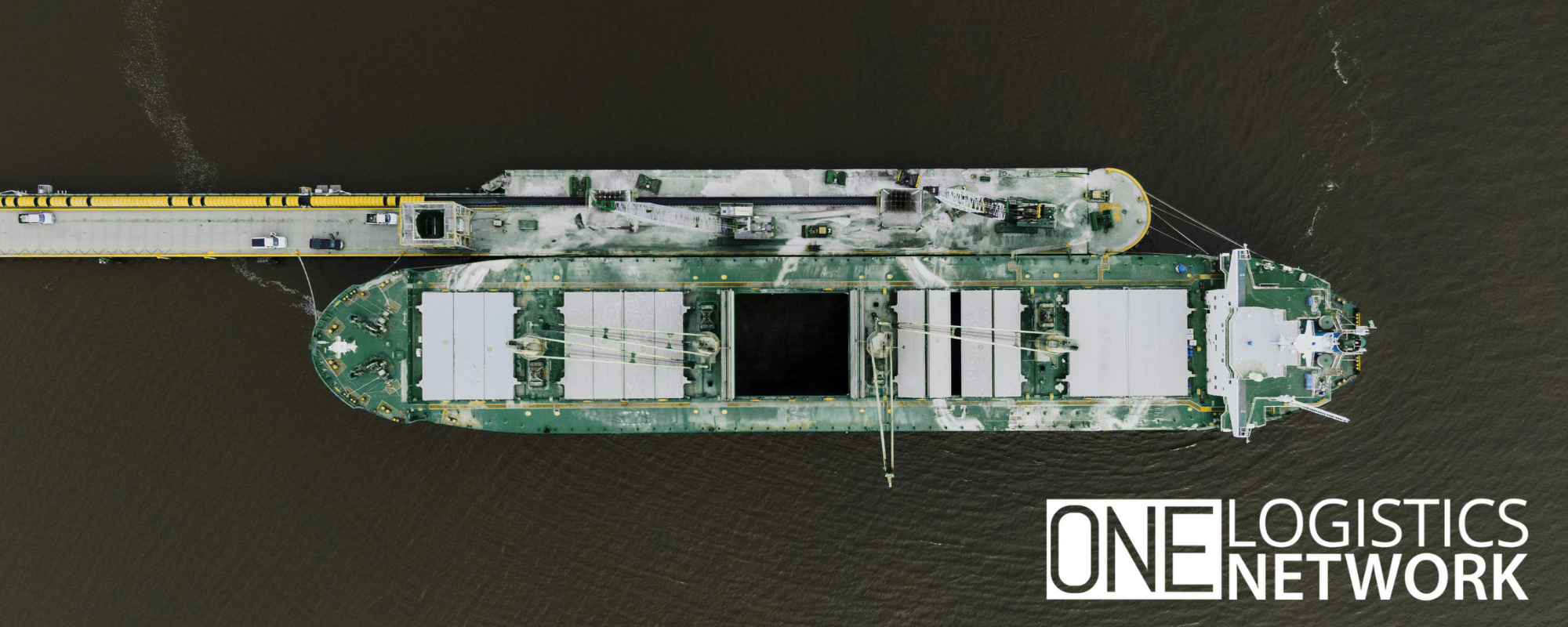Tariffs Push Global Supply Chains to the Edge
September 11, 2025

Tariffs and congestion are straining global supply chains, causing delays, rising costs, and disruptions that threaten businesses worldwide.
Europe’s Ports Are Overwhelmed
European ports are facing their worst congestion since the height of the pandemic. Rotterdam, Antwerp, and Hamburg are now gridlocked, with barges waiting 66 to 77 hours just to be loaded. Rising tariffs, low Rhine River water levels, and the breakdown of major shipping alliances have created a perfect storm. As a result, freight is slowing to a crawl, threatening to choke Europe’s most vital trade routes.
Tariffs Impact U.S. Supply Chains
Across the Atlantic, U.S. supply chains are feeling the ripple effect. Pulp exports from Brazil, essential for products like toilet paper and hygiene goods, dropped 20% year-over-year because of tariff pressure and trade uncertainty. This sudden decline may trigger higher prices and even shortages of basic goods. As a result, consumers could face panic buying similar to what occurred in early 2020.
Two Crises Collide
These crises are hitting at the same time, which makes the problem even worse. Europe’s infrastructure struggles and U.S. trade disruptions are colliding, creating a dangerous dual shock. Furthermore, lean, just-in-time supply chain models built for efficiency cannot handle this level of strain. Companies now must reroute shipments, absorb rapidly rising costs, and manage unstable inventory levels all at once.
The Need for Rapid Adaptation
Businesses must act quickly to stay ahead. Some will build up inventory and diversify sourcing to create safety nets. Others will adopt advanced logistics tools for real-time rerouting and tariff-aware planning. Without these steps, companies risk missed deliveries, lost revenue, and lasting damage to customer relationships.
The Breaking Point
This is no longer a simple supply chain slowdown. It is a global warning sign for shippers, carriers, and retailers. The logistics system isn’t just delayed, it’s breaking.


